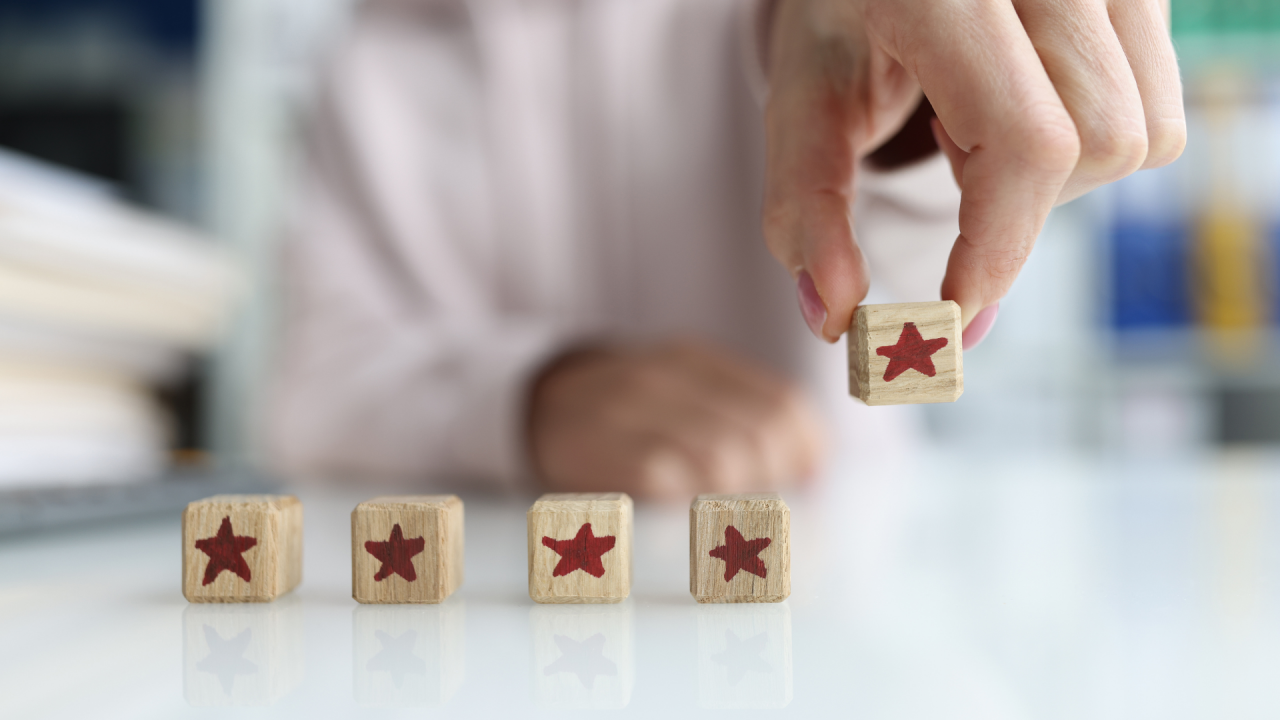Most Often Asked Questions About Donor Communications
I’ve found that most donors just browse – they don’t really read our materials. Considering the time and cost involved, why keep sending them?
I teach a workshop called “Writing for Results.” It’s about winning new donors and keeping existing donors. The first thing I tell the audience is this: donor communications are NOT about reading; donor communications are about getting people to ACT on your behalf — either now or later. What does a newsletter do for a charity? It helps retain donors. Not because they read the articles and decide they’ll stay, but because you show how you love and need them as they skim the photos and headlines.
What are the biggest flaws you see in nonprofit communications?
The big problem, as I say in Making Money with Donor Newsletters, is always the same. Charities want to talk about themselves … how good they are at their work … how they do their work … how their people are eminently qualified. They don’t often talk about the donor, except as bystander who can be placated with perfunctory thanks. This gravely undercuts the potential of most communications programs. CEOs need to realize that there are two very different types of communications a nonprofit can produce. You can do 1) “corporate” communications, which are all about how great the organization is. Or you can do 2) “donor” communications, which are all about how great the donor is. Most nonprofits incorrectly choose #1. It’s a bad strategy. Corporate communications raise the LEAST amount of money. DONOR communications raise the MOST, because they flatter the donor rather than try to impress him her. I watched a hospital improve giving to its donor newsletter 1,000% between one issue and the next, to $50,000 in gifts per issue, by simply changing from a corporate communications approach to a donor communications approach.
Ours are complicated issues. Is there a secret to simplifying things for donors?
I’ll give you an example. There’s this charter school. And like a lot of charter schools, they have an angle, which is using music to teach the ABCs. Sure, they could explain the science and pedagogy behind their method, but they don’t. Instead they say this: “We had a mom show up with her 2nd grader. And mom was desperate. Her daughter was already falling behind because something wasn’t clicking for her in the classroom. We asked the little girl, ‘Honey, would you go to the chalkboard and spell ‘cat.’ She got it wrong: K-A-T. That was a year ago. Flash forward to right now? That same girl can now spell Tchaikovsky.” That’s an anecdote. And in the course of that anecdote, we got to see the school through its amazing results. It’s tempting to explain WHAT you do, because you have all the details at your fingertips. But don’t lead with your pedagogy; only insiders care. Your donors care about results. So lead with a quick, illustrative story.
I know it’s important to put donors front and center. How can I know if I’m doing that in my communications?
Use the “You Test.” It’s easy to do in Microsoft Word. Select your text. Then do a “find and replace”: replace all your black you’s with red you’s. When you’ve done that, you can easily spot the word’s presence or absence. Rewrite any passage that is “you-less.” Wondering why? The word “you” is a profound — and unique — emotional trigger as well as a pronoun. Uttering the word “you,” either in print or vocally, instantly causes the human brain to pay more attention. “You” is among the 10 most persuasive words available to copywriters in English. Without “you,” your communications seem distant. With “you,” they seem personal.
Can someone who’s not particularly good at writing measurably increase their skill by reading books like yours? Or is it the case that you either have it or you don’t?
In my view, writing to donors successfully is mostly about training. The more training you have, particularly about how the brain works, the less doubt you’ll have when pen meets page (and, yes, I handwrite all my first drafts). In that sense, reading books is pretty much a requirement if you want to be any good at the science and art of persuasive writing. It sounds self-serving, of course, but a good place to start is How to Write Fundraising Materials that Raise More Money. Writing to donors isn’t like writing novels. It’s advertising copywriting, which is straightforward, action oriented stuff. Copywriting seeks to please and win the customer. Who is our customer? In fundraising, the customer is the donor. Every attempt to communicate with donors should begin with the same question: What do they need — and want — to hear?
Other than presenting interesting copy, what’s the secret to keeping someone reading?
Flatter me. Make me feel important. Make me feel loved. Make me feel good about myself. Make me welcome. Make me feel smart. Surprise me. Delight me. Give me something great to do.

Tom Ahern is author of How to Write Fundraising Materials that Raise More Money, Making Money with Donor Newsletters, and Seeing Through a Donor’s Eyes, all published by Emerson & Church (www.emersonandchurch.com).





















